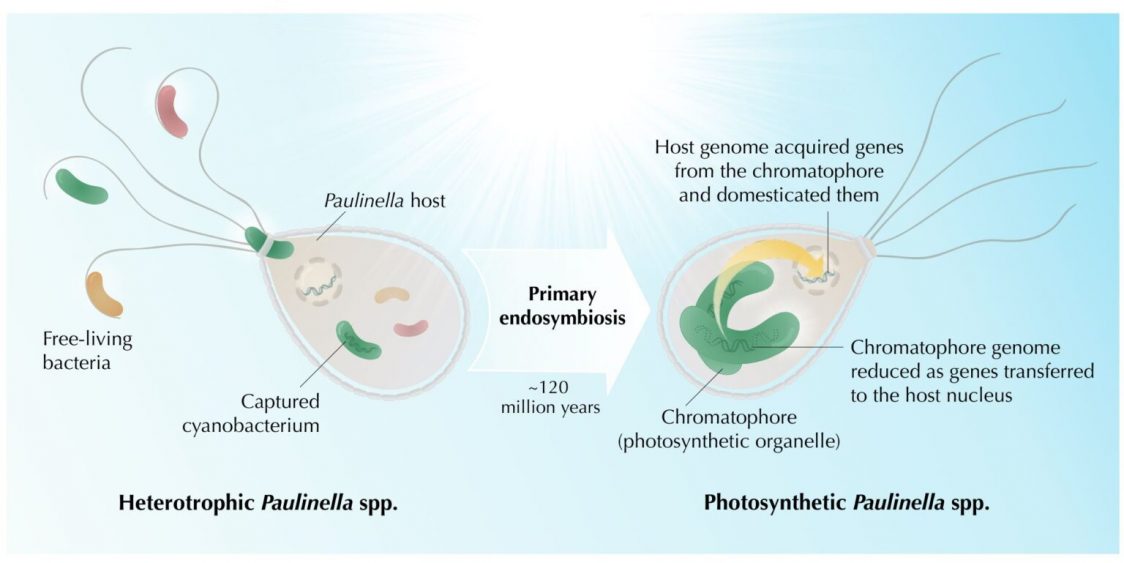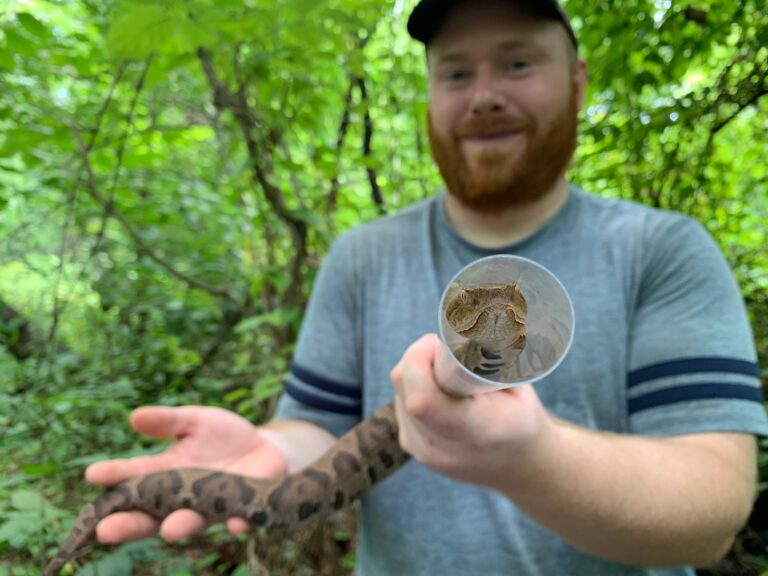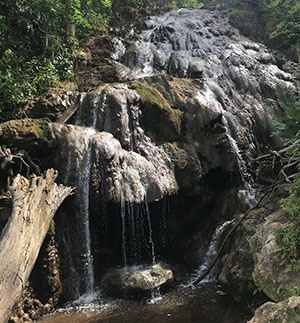Research provides key clues to primary endosymbiosis and the evolution of photosynthesis that may prove useful in crop improvement. Tiny bacteria and massive trees are both integral to sustaining our planet. A few billion years were required for the evolution of biological complexity and therefore it is a challenge to elucidate critical, early events that triggered this diversification. A paper, “Retrotransposition …
Maslo Lab Combines Expertise to Research Snake Fungal Disease
Morgan Mark (SEBS’22), Tyler Christensen (Ph.D. Candidate), and Bobby Kwait (Ph.D. Candidate)—all members of assistant professor Brooke Maslo’s lab—were recently awarded funding from the Association of Reptile and Amphibian Veterinarians (ARAV) for their project examining the seasonal dynamics of snake fungal disease in free-ranging eastern copperheads. Snake fungal disease (SFD) is a recently discovered fungal pathogen, Ophidiomyces ophiodiicola, that is impacting snake populations in …
Scientists Discover Link Between Climate Change and Biological Evolution of Phytoplankton
Using artificial intelligence techniques, an international team that included Rutgers-New Brunswick researchers have traced the evolution of coccolithophores, an ocean-dwelling phytoplankton group, over 2.8 million years. Their findings, published this week in the journal Nature, reveal new evidence that evolutionary cycles in a marine phytoplankton group are related to changes in tropical seasonality, shedding light on the link between biological evolution …
Major Deep Carbon Sink Linked to Microbes Found Near Volcano Chains
Rutgers and other scientists show how microbes help store millions of tons of carbon dioxide Up to about 19 percent more carbon dioxide than previously believed is removed naturally and stored underground between coastal trenches and inland chains of volcanoes, keeping the greenhouse gas from entering the atmosphere, according to a study in the journal Nature. Surprisingly, subsurface microbes play a role in storing …
- Page 2 of 2
- 1
- 2






